This volume comprises three broad thematic divisions: political consolidation and the methods of legitimising rule; agrarian and commercial trends; and religious trends and social movements. A critical introduction places the essays in perspective and provides a broad framework for the study of Indian history.
Section one begins with a discussion of the evolution of the numerous political meanings of shari’a in India. Focussing on diplomacy and diplomatic procedures under the Mughals, this section presents process of social mobilisation wherein an Ethiopian slave called ‘Chapu’ becomes the Malik Ambar of Ahmednagar. Section two on agrarian and commercial trends focuses on conformity and conflicts between the tribes and the Mughal agrarian system, foreign merchants in western Indian sea ports, conflicts and cooperation among European traders, and a comparative discussion of forest people and policies of the Mughals and the East India Company. The third section on religion, social movements and disputes discusses Naqshbandi mysticism under Shaikh Ahmad Sirhindi, the rasa mandala of the Gaudiya Vaishnava emanating from the mystical movement led by Chaitanya, Aurangzeb’s religious policy and Mosque-Temple disputes in a late eighteenth century chronicle. It further attempts a comprehensive reading of a series of political and ideological currents underpinning empire-building strategies over a major part of Eurasia in the sixteenth century.
This volume will be essential reading for both students and scholars of Medieval Indian History, regional political patterns, agrarian relations, movements and uprisings during this period.

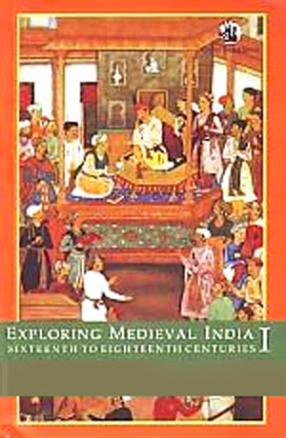

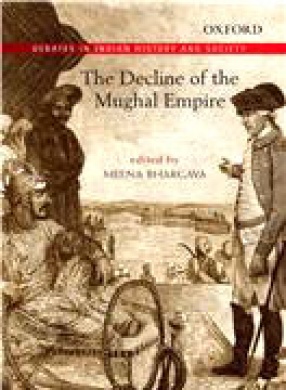
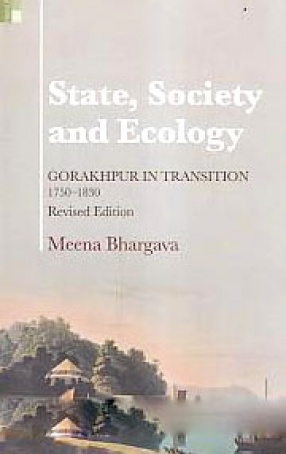
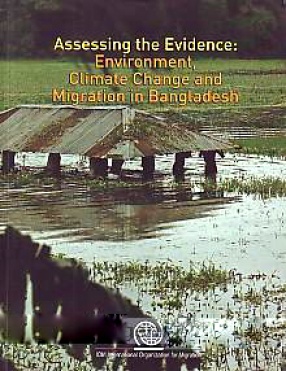
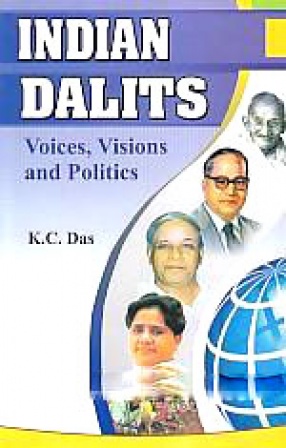

There are no reviews yet.